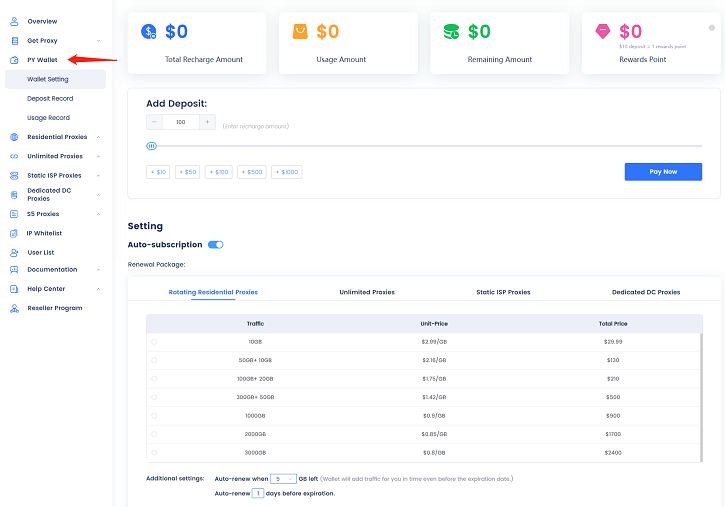July 06, 2023
Sense and purpose of a proxy server
A proxy server serves as a proxy for the requests of a client or for requests to a web server and forwards them. In addition, thanks to its proxy role, a proxy server has a wide range of tasks.To get more news aboutproxy list, you can visit pyproxy.com official website.
Visible and transparent proxy server
Essentially, a visible proxy server differs from a transparent proxy server in the network infrastructure. With a transparent proxy server, at least one communication partner at least one communication partner cannot see that an additional instance (proxy) is available as a central communication bridge.

The communication partners assume that they are communicating via a direct path. The proxy server is therefore "invisible". The network infrastructure is configured so that all requests are automatically forwarded via a proxy instance. The proxy then acts as a representative communication partner.
Application areas for proxy servers:
Acceleration
A cache serves as a buffer in which frequently used data is temporarily stored for faster re-access. Caching enables a proxy server to respond more quickly to regularly used data (e.g., web pages) or repetitive requests. This saves bandwidth and shortens response times.
Load balancing and bandwidth saving
In addition, a proxy server is able to control bandwidth and load balancing. This is made possible by allocating bandwidth to clients and thus optimally utilizing resources. For example, blocking of transmission capacity by one or more clients can be prevented. If there are several lines or interfaces, the proxy ensures that the load is distributed uniformly.
Filtering
Proxy servers offer network administrators the possibility to actively filter and control local data traffic. For example, certain websites can be blocked or influenced through the use of whitelists and blacklists. Local users behind the proxy are thus not granted access to these websites. When blocked websites are called up, a redirect may follow, indicating that the desired website is not available.
Obfuscation
The client sends a request to the proxy server. The proxy server processes the request and forwards it to the router with the IP address of the proxy server. Ultimately, the request is passed on to the Internet by the router. In this way, the actual IP address of the client is not published and the client origin can thus be partially disguised.
Forward proxy (client protection)
In this case, a proxy server is implemented between a local area network (LAN) and the Internet. Local end devices can thus be protected from the public network. All outgoing requests are first sent to the proxy server, which receives these requests and forwards them accordingly to the target computer on the Internet with its IP address (proxy IP address) as the sender.
Posted by: freeamfva at
06:43 AM
| No Comments
| Add Comment
Post contains 461 words, total size 3 kb.
35 queries taking 0.0479 seconds, 83 records returned.
Powered by Minx 1.1.6c-pink.









